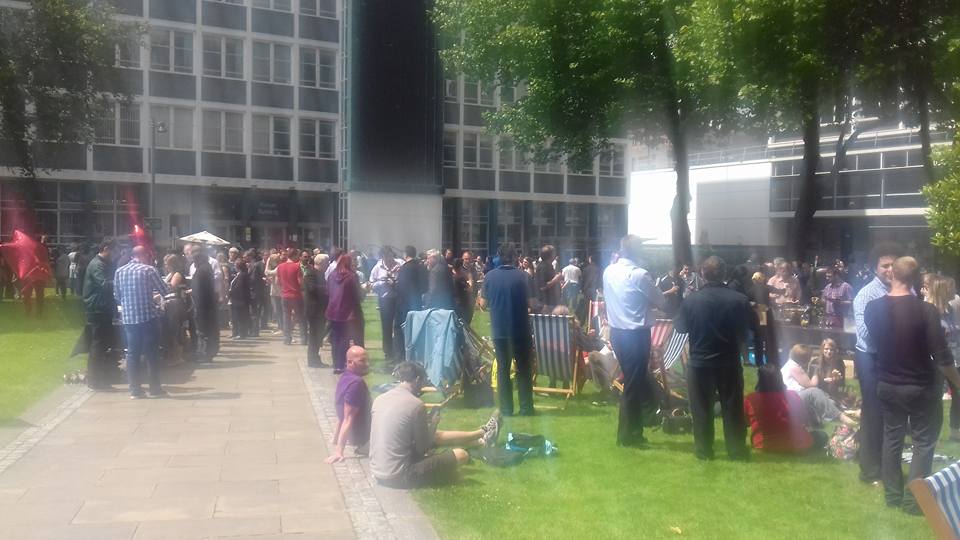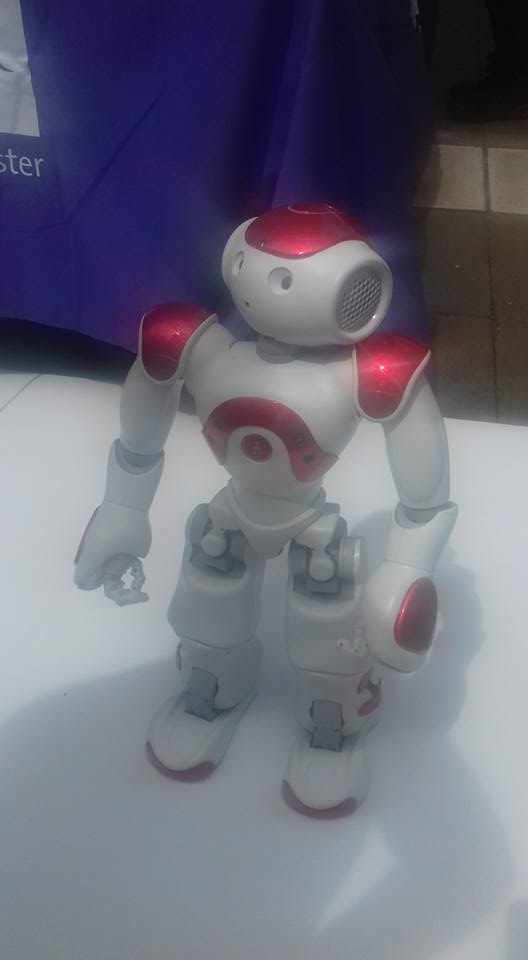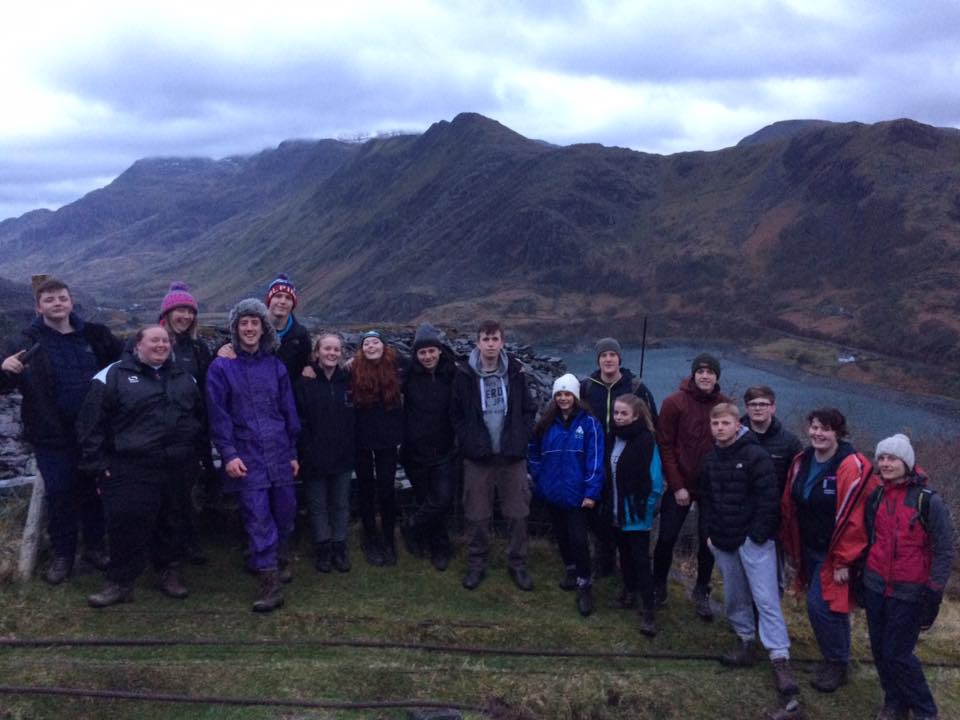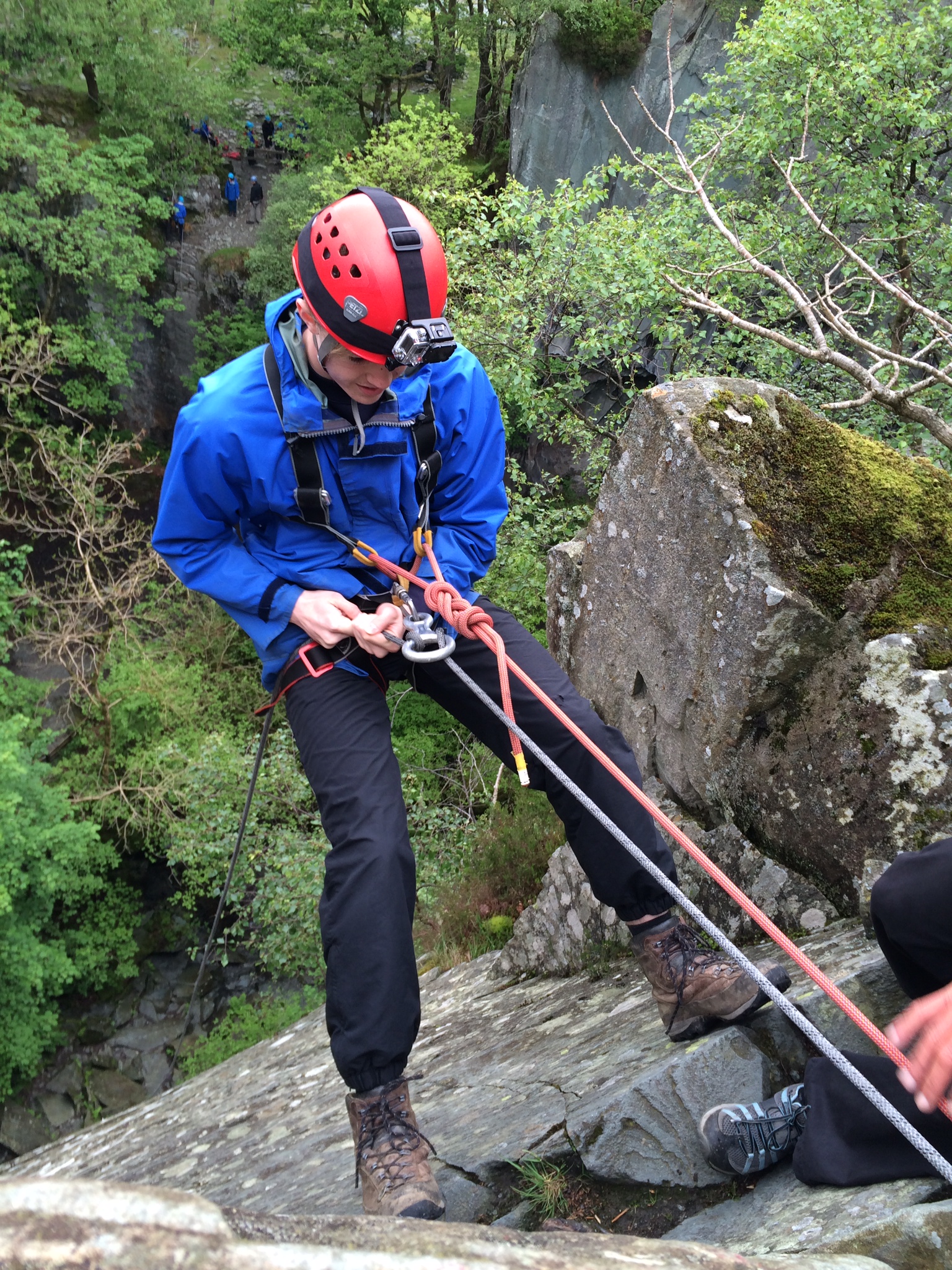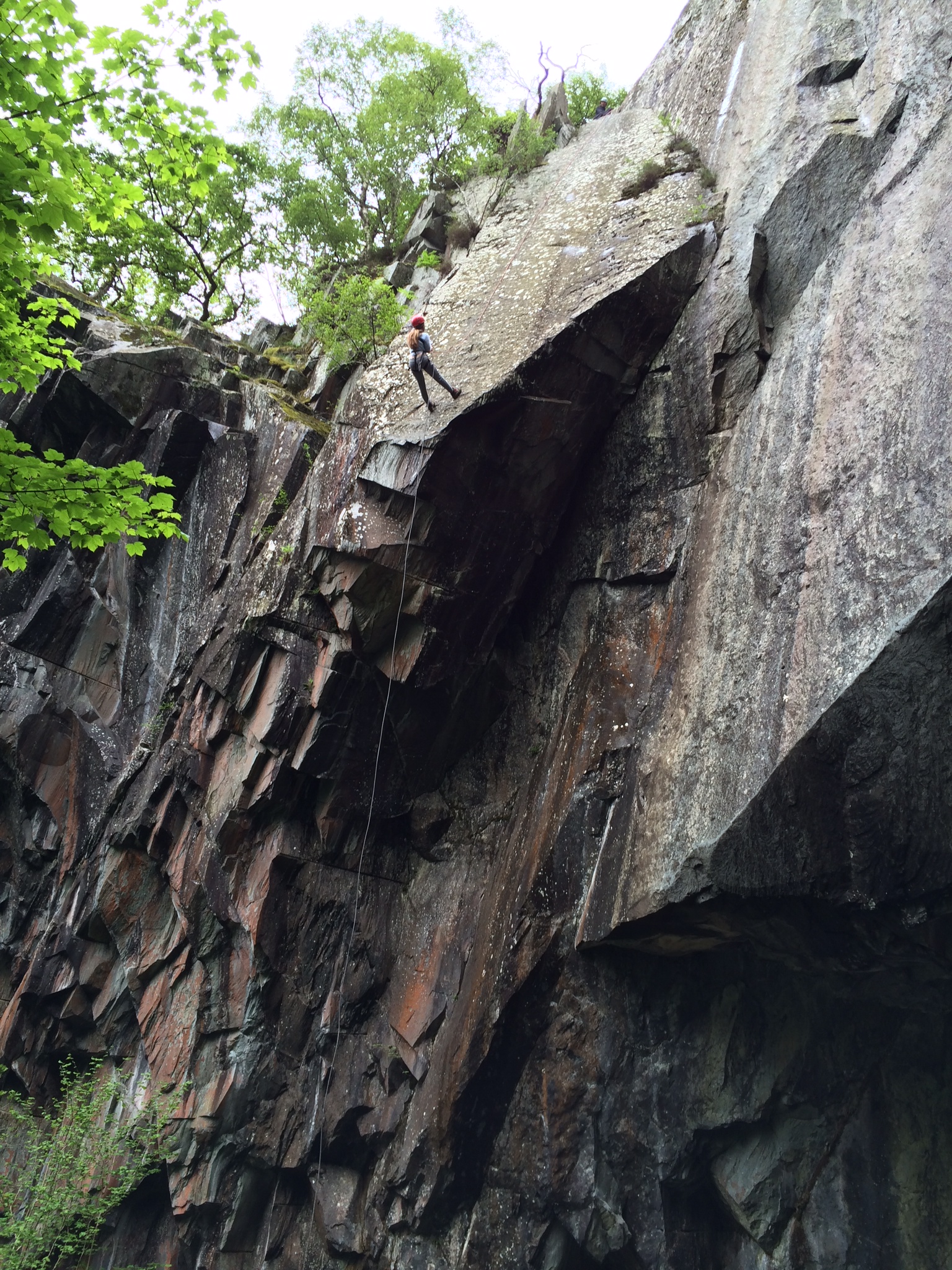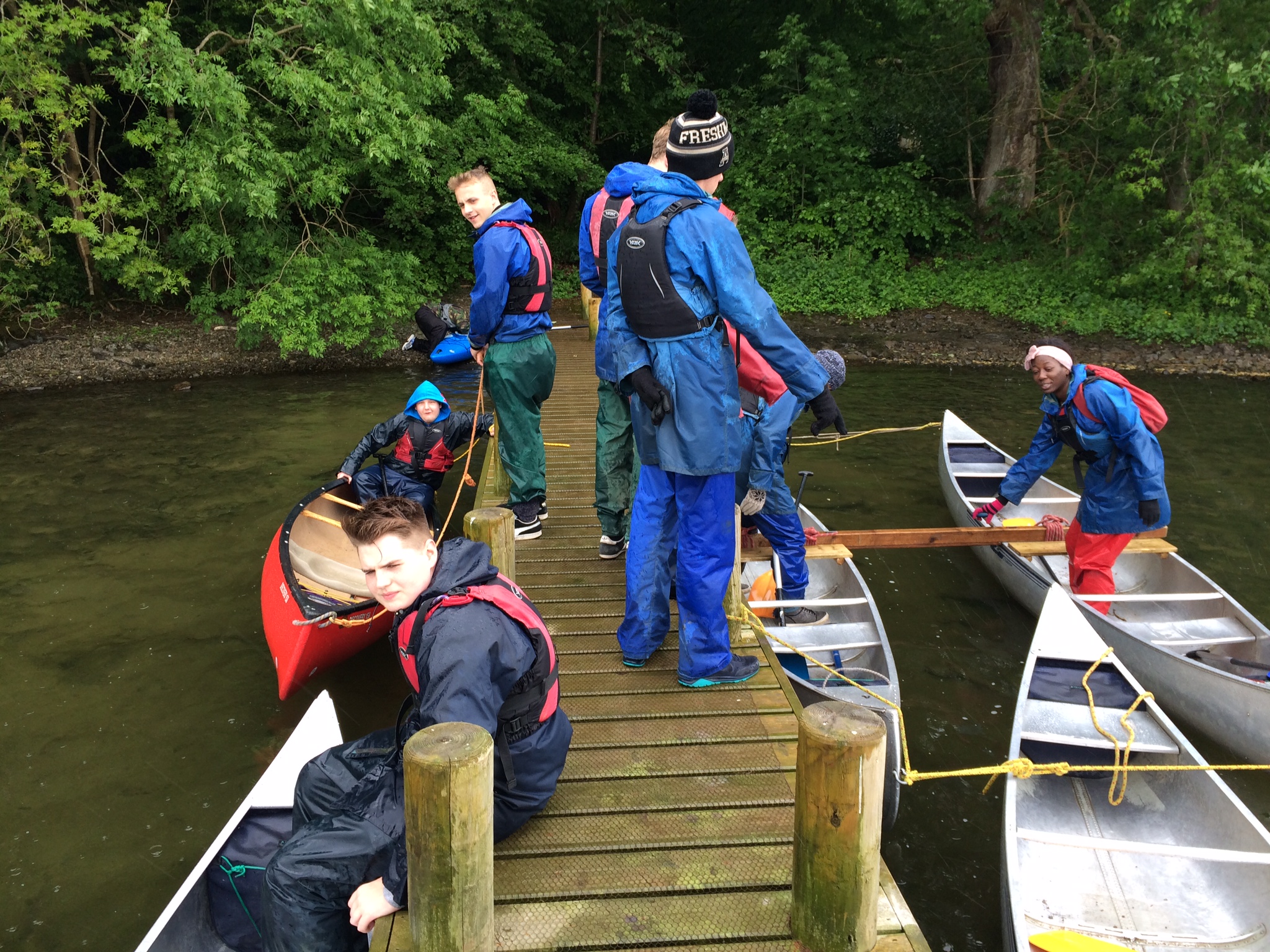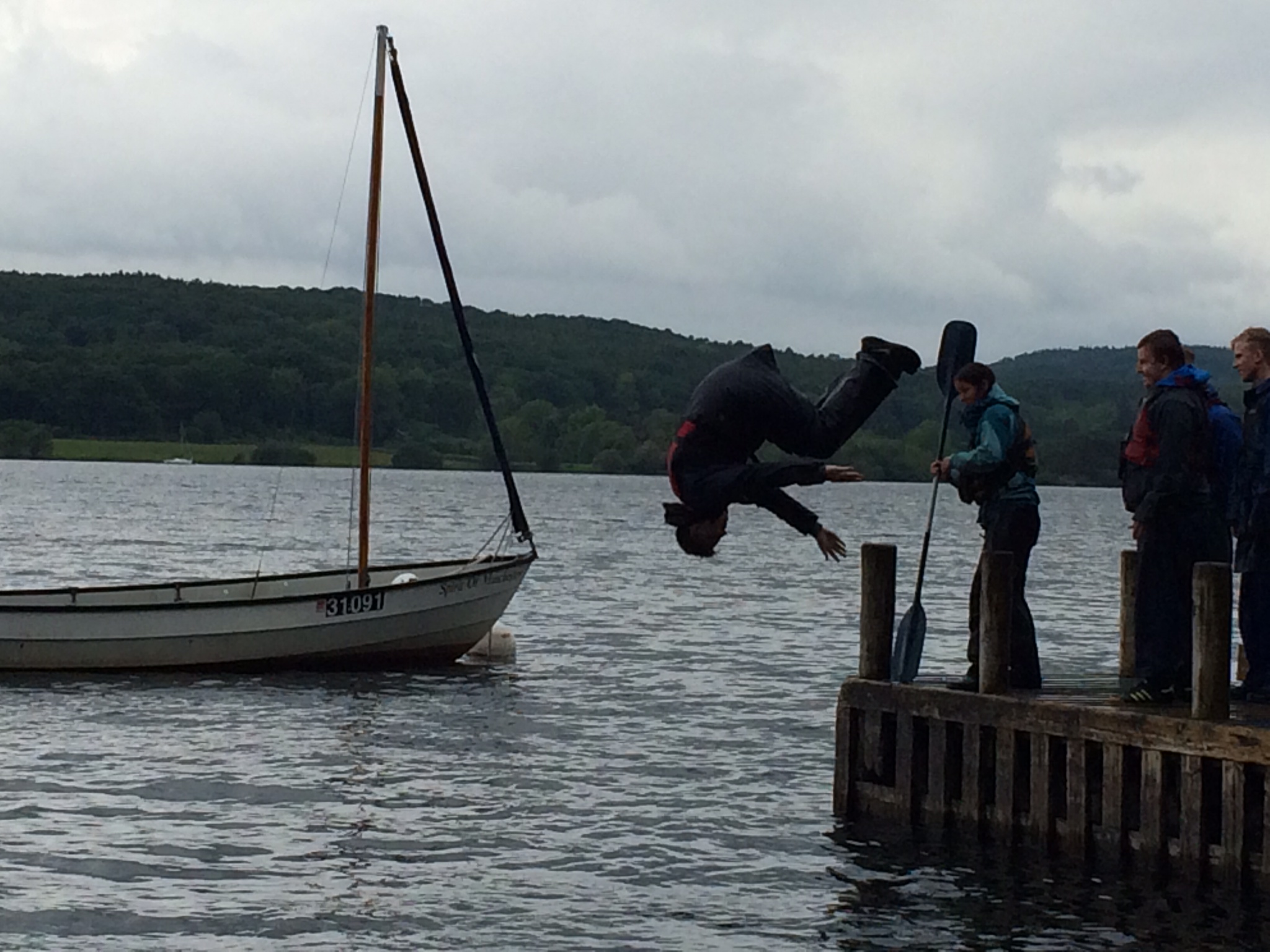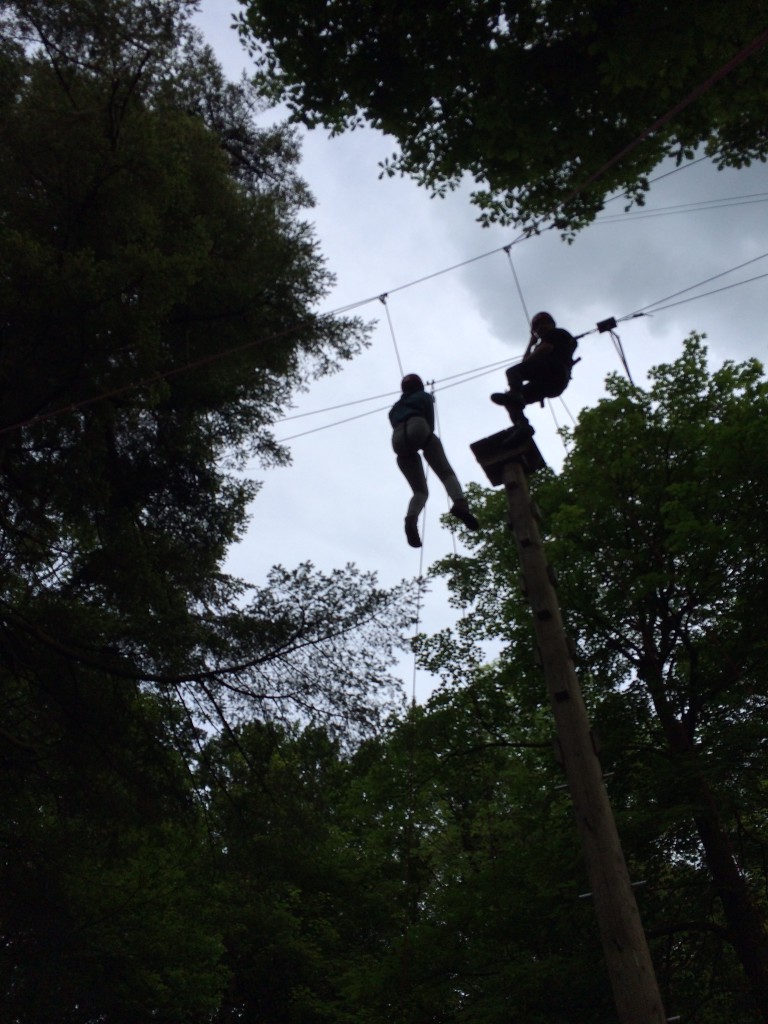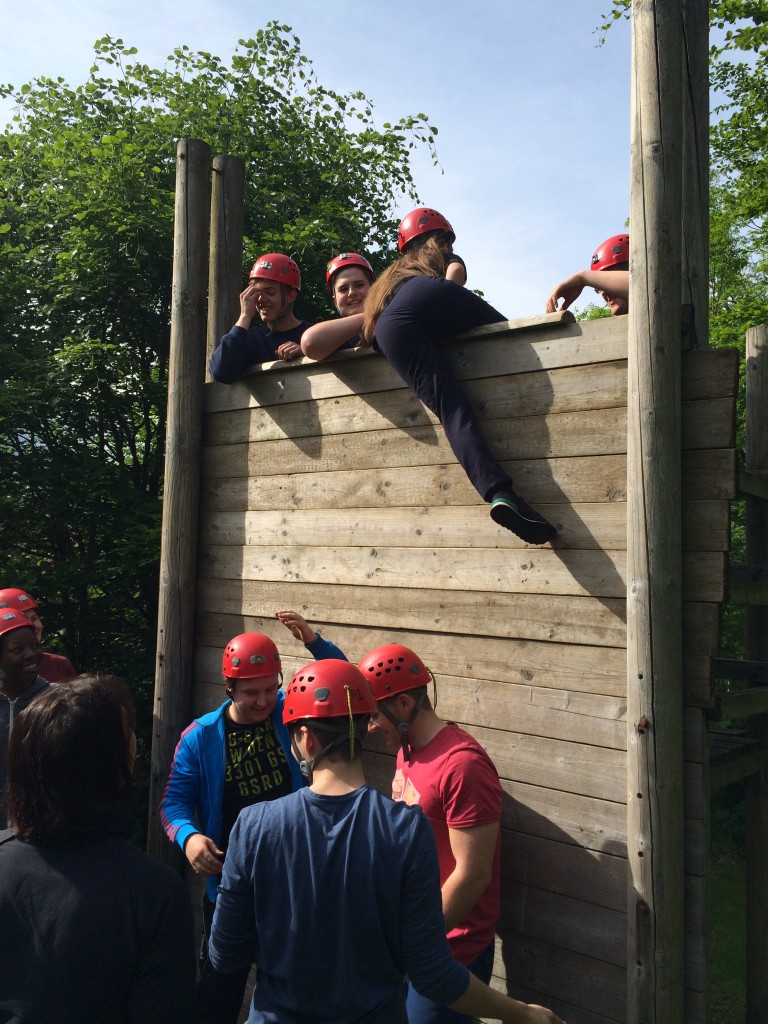A big aspect of the apprenticeship scheme at Manchester is the sense of ‘community’ it generates between the apprentices, and the connections it created between schools as the apprentices rotate throughout different labs. Going forward in a full time role at the university allows you to start to appreciate the benefits of having connections with other members of technical staff around the university; from knowing about new techniques that your area is interested in that are already being used in other parts of the university to knowing who to ask about the best suppliers for new consumables or equipment that the area you work in might require.
Whilst this sense of community amongst technical staff has already started to be instilled within the apprenticeship scheme, over the last few months Technical Excellence at Manchester (TEaM) has started to run events that aim to achieve this on a larger scale throughout the university. TEaM is a new forum within the university aimed at bringing the technical staff together to share ideas, learn about the range of technical work that occurs at the university, and celebrate achievements.
The first event happened on the 12th December last year which all technical staff were invited to. There was an introduction about TEaM and what it’s hoped will be achieved, during which the video below was shown. There was also an interesting talk, ‘Technical Staff – Making Things Possible’, given by key note speaker Dr. Carol Yates. Afterwards, staff had the opportunity to take part in some surveys regarding aspects how of TEaM will continue to develop to suit the needs of technical staff, and a chance to network.
Since the first event at the end of last year, there has been a coffee and networking event, and a workshop on professional registration. Members have also received lots of helpful information on various topics concerning technical staff, shared via email. If you are a member of technical staff at the university and are not already on the list, then you can join by emailing technical.excellence@manchester.ac.uk.
TEaM are also organising interesting tours ‘behind the scenes’ in various areas of the university, so that we can gain a better understanding of the brilliant work our fellow technical colleagues do and contribute to. The next tours are of Whitworth Art Gallery and Manchester Museum which are both taking place at the end of March. The first of these events which took place in February were ‘Biological Services Facility’ (BSF) tours of the animal research facility in the Stopford Building.
The tours gave insight into how animals are used to facilitate research at the university. They particularly outlined the commitment to making all work carried out as ethical as possible whilst still carrying out vitally important, life changing, medical research. There are three ‘Rs’ that are taken into consideration when proposing research that involves animals, that are as follows:
Using methods to reduce the number of animals used in research.
Refining the methods that are used, in order to minimise suffering and improve animal welfare.
Actively searching for replacements for research that can only currently been done using animals, so that in the future it can be avoided.
The technical staff at the animal research facility play a huge role in ensuring the welfare of the animals that are housed there. The vast majority of the animals within the facility are mice, rats and fish, but we also saw how other animals were housed and cared for such as sheep, ducks, and rabbits. The numbers of various animals changes frequently depending on what research projects are currently being carried out. An up to date list of the university’s research involving animals can be seen here.
I look forward to attending future TEaM events and expanding my knowledge of the various technical roles around the university, and am thankful that as a member of the apprenticeship scheme I had a ‘head start’ in feeling like part of the technical community at Manchester.
